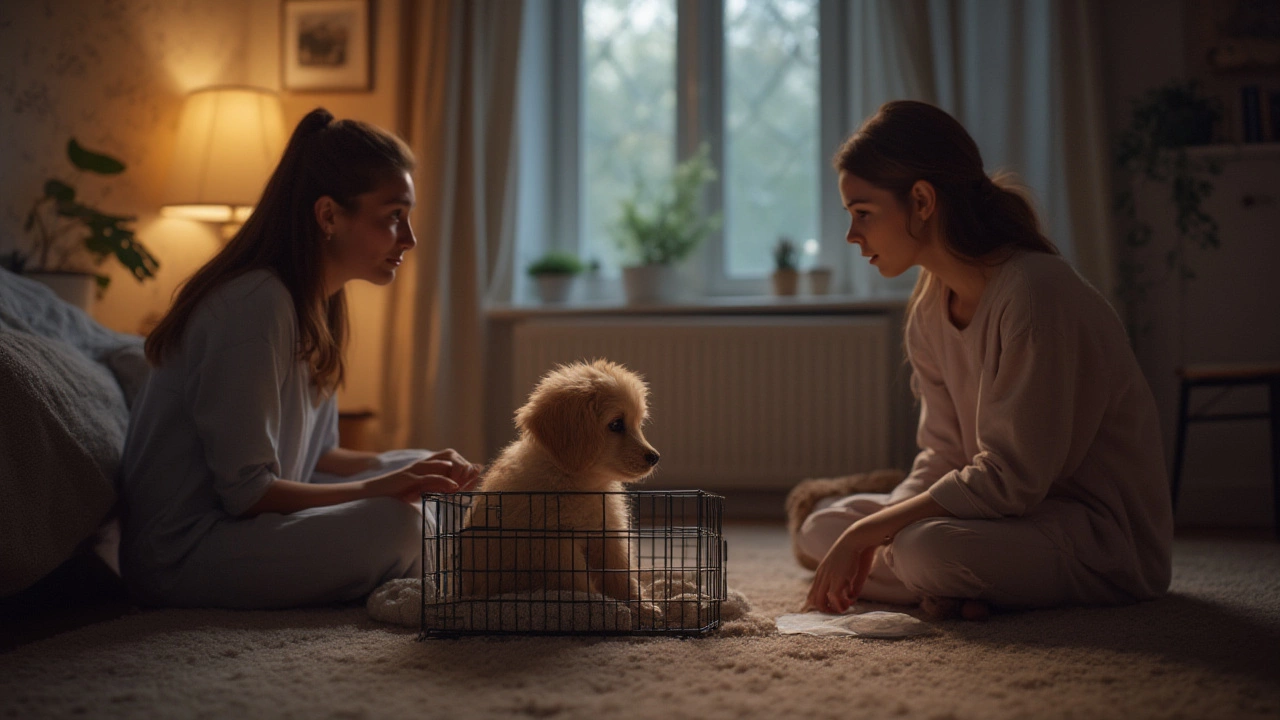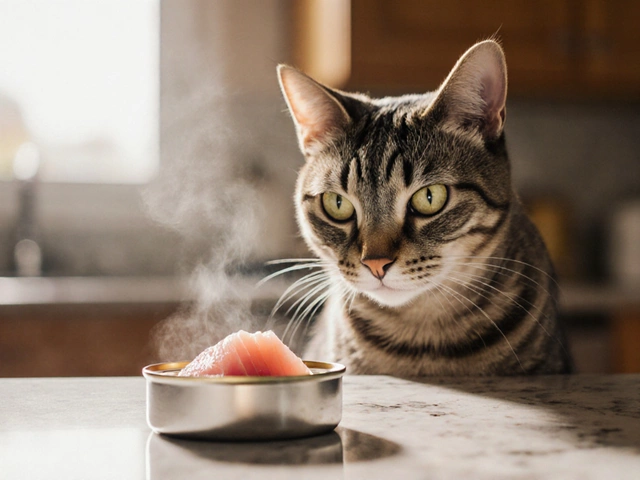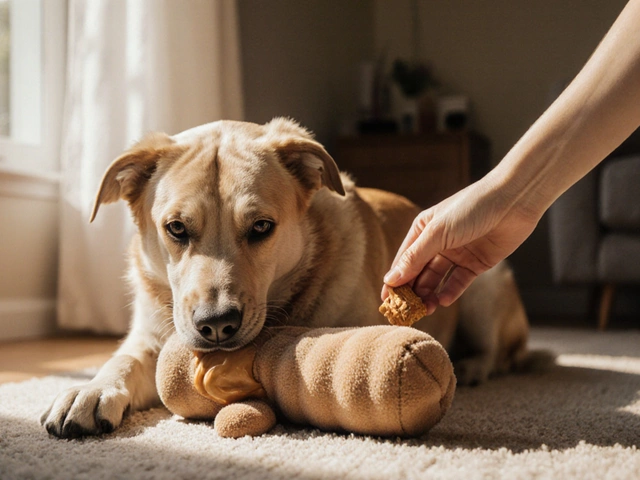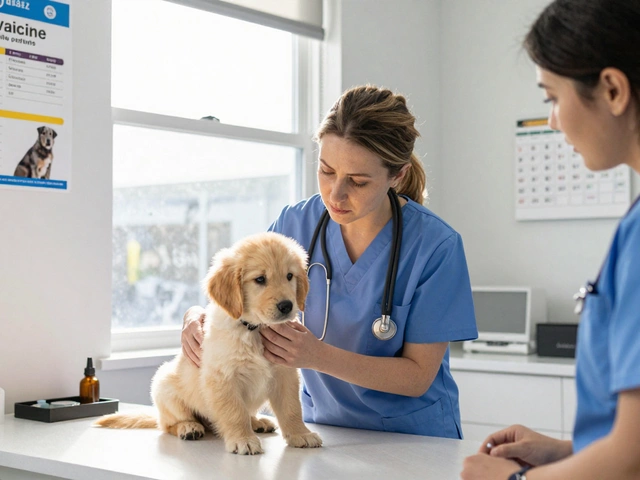Your puppy’s first few nights at home can feel like a wild combination of excitement and worry—mostly with both of you running on way too little sleep. Staring at that tiny bundle curled up in their crate, you start second-guessing: what if they need to pee overnight? Should I toss a pee pad in the crate, just in case? The internet, of course, is a maze of conflicting advice, and older dog owners might say “never!” while your instincts just want morning floors to be clean and dry. So what’s right for you and your little furball?
Why the Pee Pad Question Gets So Heated
Puppy crate training isn’t as straightforward as the glossy dog training books like to pretend. Pee pads, on one hand, seem like a practical solution—who wants a soggy crate and a scared puppy? On the other, dog trainers tend to warn against them, worried that your pup will learn it’s fine to pee where they sleep. The truth is, there’s real science and experience on both sides of this messy debate.
First off, let’s talk about how puppies learn to hold their bladder. Most can’t do it for more than three or four hours until they’re about 16 weeks old. Some tiny breeds struggle even longer, while large-breed pups sometimes sleep through the night shockingly early. Dr. Katherine Houpt, a board-certified veterinary behaviorist, says this is less about “bad behavior” and more about simple biology: young puppies’ bladders are tiny and the muscle control just isn’t there yet.
Here’s the twist. Dogs have a natural instinct not to soil where they sleep—this is a hangover from the wild days when dirty dens attracted predators and disease. Crate training tries to use this instinct to encourage potty training, but that only works when you set your puppy up for success. If your crate is too big, or if your puppy physically can’t hold it overnight, they may have no choice but to go where they sleep. Repeated accidents can actually weaken that natural instinct over time, and that’s when potty problems really start.
Pee pads, then, act as training wheels. They give your puppy somewhere “acceptable” to go if nature calls at 2 a.m., but there’s a risk: if you make this the habit, your puppy might never learn that nighttime is for holding it, not peeing in their own den. All those horror stories online about grown-up dogs who won’t stop peeing in their crates? That’s where this comes from. Still, some situations really do make pee pads the lesser evil—especially if you're in a high-rise, have a puppy with medical issues, or your work schedule means you absolutely cannot do midnight potty breaks for a while.
Crate Setup for Success: Finding the Happy Medium
If you’re leaning toward pee pads, it doesn’t mean you’re doomed to have a crate-soiling adult dog. But your crate setup needs to be strategic. The size of the crate is step one: it should be just big enough for your puppy to stand up, turn around, and lie down comfortably—no extra room for a separate “bathroom” area. If it’s too roomy, your puppy will simply pee in one end and sleep in the other, which pretty much defeats the purpose of crate training.
Most modern crates come with dividers. Use that to gradually increase the space as your puppy grows. Now, the pee pad: if you just can’t make it up at night for potty trips, place a puppy pad at one end and bedding at the other. But really, try to limit this to young puppies under four months, or those with special needs. For everyone else, stick with the bedding only and set alarms for nighttime potty trips, even if the snooze button calls your name.
Some pups paw or chew their pads, which can create an even bigger mess or (rarely) a choking hazard. If this happens, consider washable, chew-resistant pads, or even crate mats with waterproof backing and no loose edges. Never use anything with odor neutralizers or fragrances—these can irritate sensitive puppy skin and noses. Always clean any accidents immediately with an enzymatic cleaner to wipe away any lingering smells, or the crate will become a marked zone for next time.
There’s also the question of routine. Puppies thrive on them! Take your puppy out right before bedtime, even if you have to scoop them up half-asleep. Praise any nighttime potty outside like you’ve just won the lottery (your neighbors may hear wild cheering at 3 AM). This helps the connection between going outside = good things happening, and inside accidents = no attention and a quick, calm clean-up.
Lastly, don’t beat yourself up if you choose convenience for a few weeks. Consistent training is what matters long-term, not whether you used a pee pad for your Maltipoo’s first two months or not. Plenty of happy, healthy, reliably house-trained dogs started out with a pad in the crate for those early days. The trick is phasing it out when your pup is ready—usually by 12 to 16 weeks for most breeds.

The Impact on Potty Training (and Your Sleep)
This is where things get hairy—using pee pads at night can make potty training easier for you, but slower for your puppy. That’s a trade-off lots of people find totally worth it, especially if you work full-time, have small kids, or simply need to protect your sanity. The key is not making pads a long-term crutch. The more you can stick with regular outside trips, the faster your puppy will start sleeping through the night without accidents.
Nighttime body rhythms play a big role, too. A recent survey by the American Kennel Club found that puppies usually need a bathroom break every three hours—sometimes even more if they had a drink right before bed. With training, most can go six to eight hours by six months old. That’s great news for your deep sleep, but it means those early weeks may require a sacrificial alarm or two. It's totally normal for things to go wrong; puppies regress during growth spurts or after a busy arrival day. Cleaning and moving on without drama is the best approach.
Crate anxiety can make the whole potty routine harder. Some pups get so worked up in the crate that they won’t settle (let alone sleep), which means more frantic accidents. If you notice endless whining, panting, or destructive chewing, address the stress first: add a t-shirt with your scent, try calming puppy music, or move the crate beside your bed. Don’t force tough love if it’s not working—emotional comfort helps bladder control more than you’d think! And don’t take it personally if your puppy just isn’t ready to sleep through the night yet. Every pup’s timeline is different, just like babies.
Pro tip: keep a journal for the first few weeks. Jot down when your puppy eats, drinks, naps, and actually uses the bathroom—patterns will pop up fast, showing you exactly when you need to rush for the door instead of waiting for a puddle. This helps with the switch from pee pads to outdoor-only, too. When you notice your puppy making it through the night dry for a couple of weeks, you’re ready to try a night with no pad in the crate. Have a backup plan, but celebrate every dry morning like it’s a miracle (because, honestly, it is when you’re sleep-deprived and soggy-socked).
Tips For a Smooth Night: What Puppy Owners Actually Do
Some of the best advice comes from puppy parents who have survived those sleepless early weeks. Here are real-world tips that make a huge difference:
- Limit evening water after 7 PM, but don’t restrict it entirely—dehydration is a far bigger problem than one extra bathroom break.
- Take your puppy outside right before lights out. If you’re in an apartment, prepare everything you need ahead of time so it’s a quick, drama-free trip.
- If you wake up for a bathroom break yourself (hello, 3 AM coffee drinkers), scoop up your puppy and offer an outdoor trip. Their bladder can’t wait until morning just because yours can.
- Use a white noise machine or calming playlist to help your puppy sleep more soundly, which means fewer anxious wake-ups and accidents.
- Puppy crate training isn’t a race, so only phase out the pee pad when you notice dry nights becoming the norm. If your puppy has an accident two nights in a row, go back to the pad for a week before trying again.
- Every accident is information, not failure. Puppies love patterns—your job is to help them build a good one. If they always pee 30 minutes after eating, get them out before disaster strikes, not after.
- Praise and treats outside are more powerful than any scolding for an accident. Keep special treats just for night time potty breaks, and you’ll see motivation skyrocket (even when you’re still half asleep).
- If you use a pee pad, pick a consistent spot—don’t move it every day, or your puppy will get confused and have more accidents.
- Some smaller breeds or puppies with medical issues may never fully make it through the night until six months. Be patient—breed, genetics, and early habits matter just as much as training.
The first nights might feel endless, but the truth is, this rough patch will pass. Trust your instincts, take good notes, and adapt as your puppy grows. Whether you’re a pee pad loyalist or a crate purist, what counts most is that your puppy feels safe, confident, and wakes up ready to play (and not covered in pee!). That’s a win worth celebrating.





